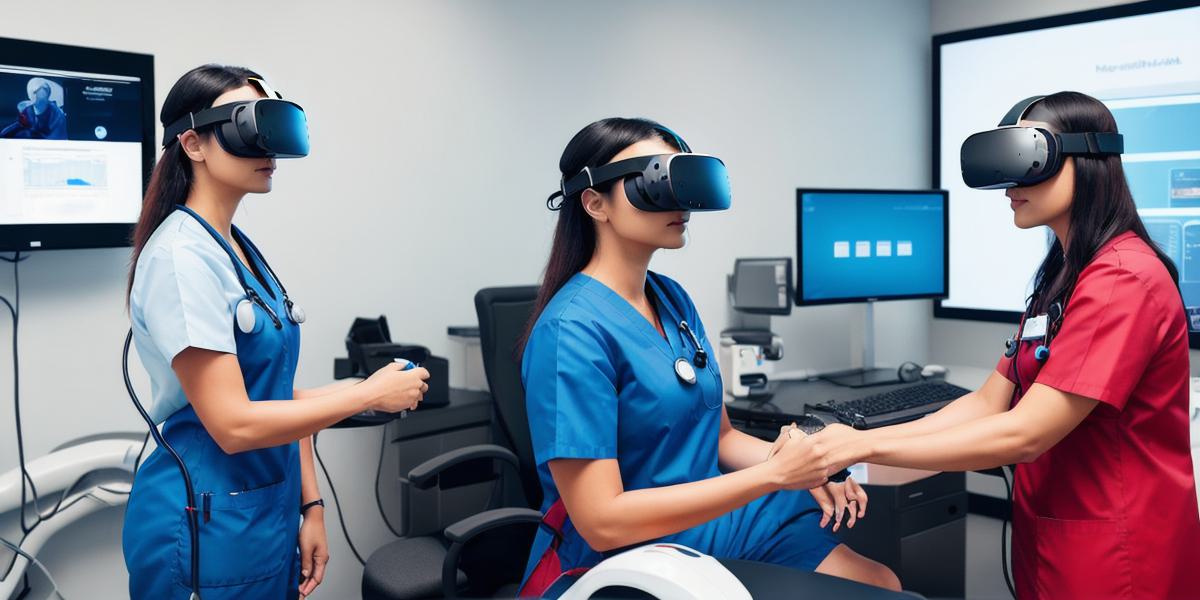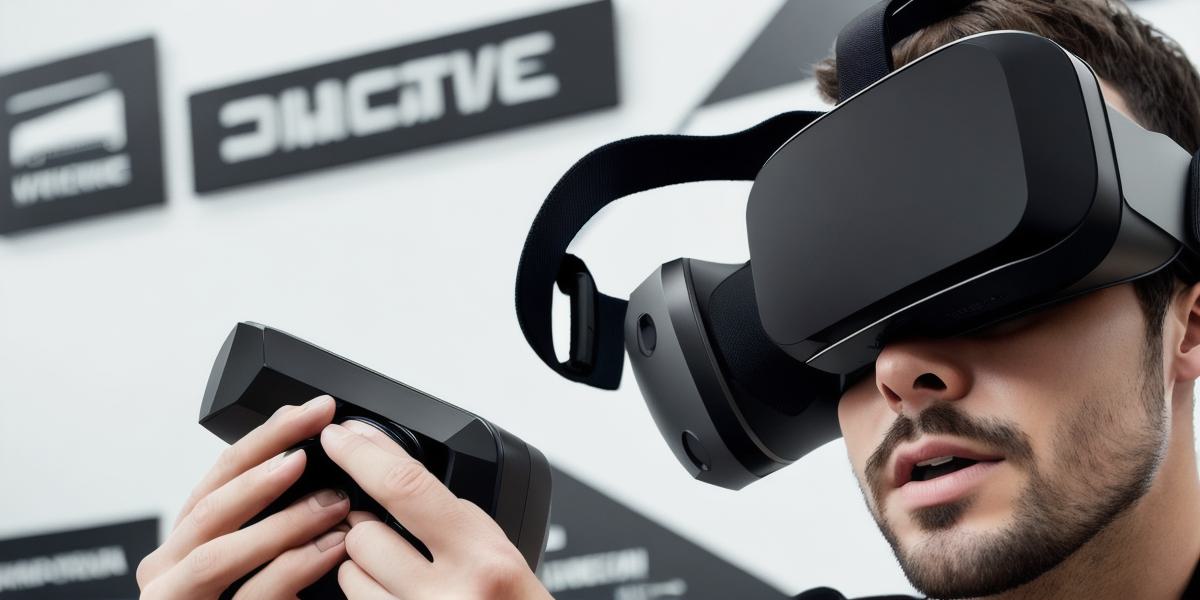Virtual reality (VR) is a rapidly growing field, with applications ranging from entertainment to education and beyond. In recent years, VR has also begun to show promise in healthcare, particularly in areas such as pain management, physical therapy, and mental health treatment. As the technology continues to evolve, the potential for VR in healthcare is only expected to grow.
One of the main advantages of using VR in healthcare is its ability to provide a highly immersive experience that can simulate real-world scenarios. This can be particularly useful in fields such as pain management, where patients may struggle to find ways to cope with their discomfort. By using VR technology to create simulations of daily activities or other painful situations, patients can learn to better manage their pain and improve their overall quality of life.
Another area where VR has shown promise is in physical therapy. By providing a highly immersive environment that simulates real-world movements and challenges, VR technology can help patients regain strength and mobility in a safe and controlled setting. For example, a patient recovering from a knee injury might use a VR headset to simulate walking on uneven terrain or climbing stairs, helping them to build the necessary skills and confidence to perform these activities in real life.
In addition to its potential for physical therapy and pain management, VR has also shown promise in mental health treatment. By providing a safe and controlled environment where patients can confront their fears or anxieties, VR technology can help patients develop coping strategies and improve their overall well-being. For example, a patient struggling with social anxiety might use a VR headset to simulate a crowded party or other social setting, allowing them to practice their social skills in a controlled environment before facing these situations in real life.
Despite its many potential benefits, there are still some challenges that must be overcome before VR can become a widely adopted tool in healthcare. One of the main concerns is cost, as VR technology can be expensive and not all healthcare providers may have the resources to invest in it. Additionally, there is a need for more research into the long-term effects of using VR in healthcare, as well as the development of standardized protocols for using the technology.
Despite these challenges, however, the potential for VR in healthcare is clear. As the technology continues to evolve and become more accessible, it has the potential to revolutionize the way we approach healthcare and improve outcomes for patients around the world. Whether you are a VR developer or simply interested in the latest advances in this exciting field, there is no doubt that virtual reality is expanding the boundaries of what is possible in healthcare and paving the way for a brighter, healthier future.




